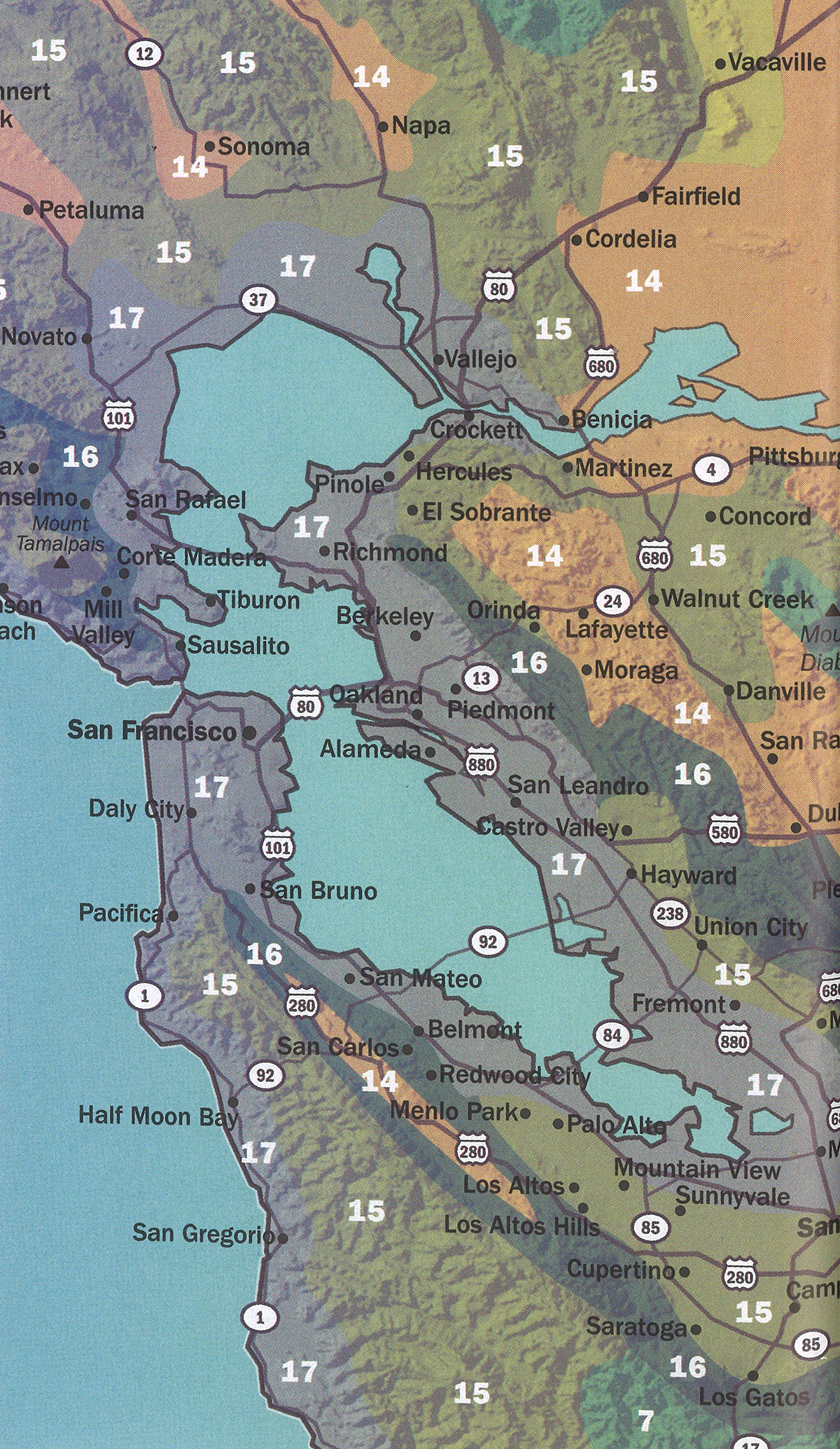

| synonyms | Romneya trichocalyx | |
| height | 4–8ft | |
| width | 2–25ft | |
| tolerates | Coast, Cold, Cool Summers, Heat, Wind | |
| water needs |
Low | |
| water info |
Being a California native from dry hillsides, this plant is very drought tolerant and will survive without water once established, given the right position and winter rainfall. That said, it looks its best and blooms longer with deep intermittent waterings during hot dry months. Water Matilija poppy infrequently, when the top three inches of soil feel dry. Usually this will mean every week or two in dry weather. If you establish this pattern over a couple of years, then you can cut back to watering every four to six weeks in dry weather or possibly even not at all (let your plant take the lead). Use drippers, emitters, or a slow stream of water so that it does not run off; allow the water to trickle all the way down through the deepest layers of soil. In a pot slowly water the entire surface until water comes out of the bottom of your pot. This plant, unlike some plants from our native chaparral, is also adaptable to regular water, given good drainage. |
|
| hardy to |
0F | |
| exposure | Part Shade – Full Sun | |
| indoor outdoor |
Outdoor | |
| drainage | In Ground: Cactus Mix, In Pots: Potting Soil, Tolerates Heavy Soil, Tolerates Sandy Soil | |
| fertilizing | Low Needs | |
| origin | Southern California | |
| california native |
Yes | |
| sunset zones |
4–11, 14–H1 |
Full Sun
Six or more hours of sun beams directly landing on the plant's leaves.
Part Shade
Three to five hours of sun beams directly landing on the plant's leaves.
Part Sun
One to two hours of sun beams directly landing on the plants leaves.
Full Shade
The plant is never fully lit by sun beams,
but is in a bright spot or has dappled sunbeams playing over the leaves throughout the day.
Deep Shade
The plant never has dappled light on the leaves, and is in a place that feels dim, even on a nice sunny day.
